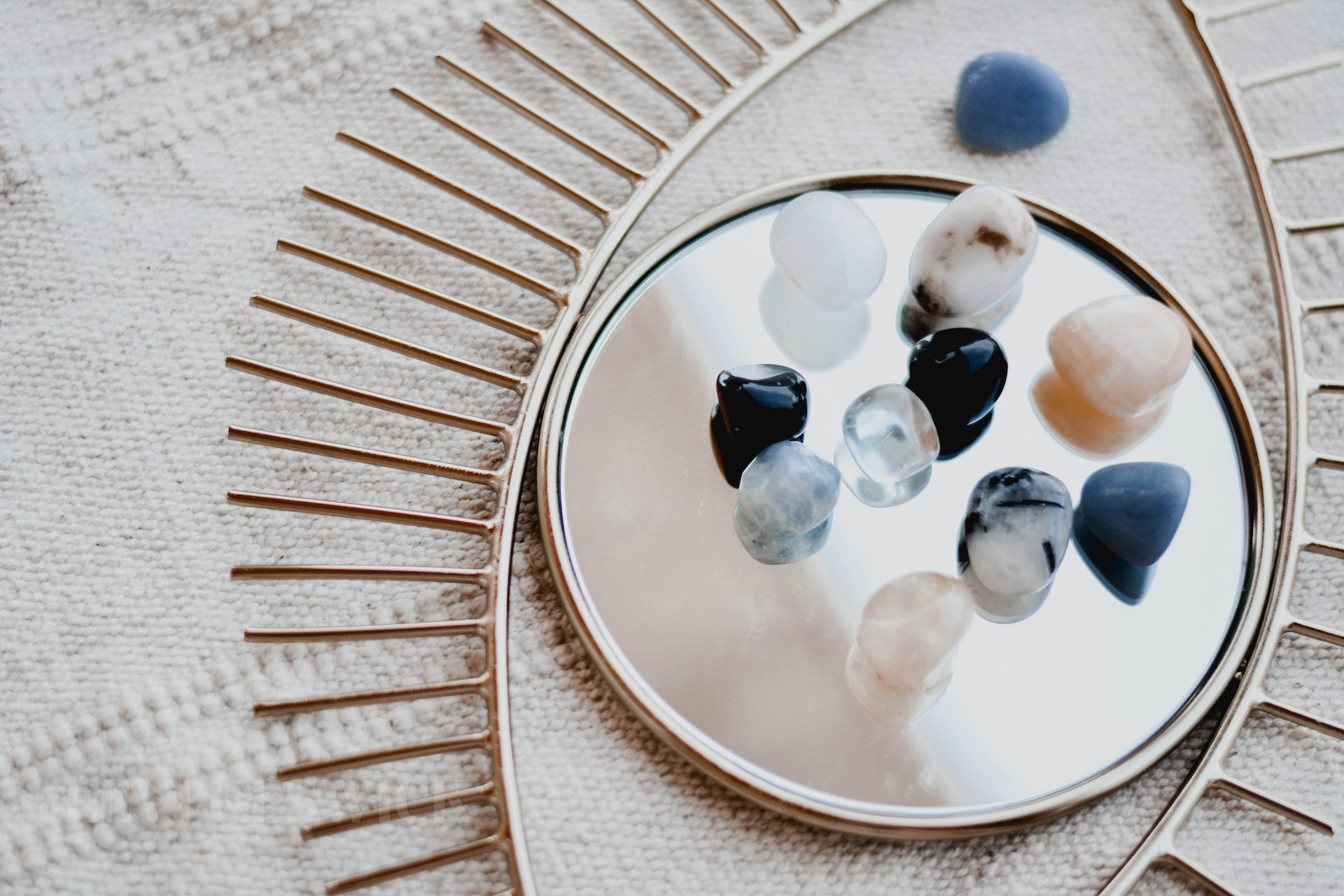Key Takeaways:
- Grandidierite is a rare and precious gemstone discovered in southern Madagascar in 1902.
- The gem is considered the third most expensive in the world due to its scarcity and exceptional properties.
- Its blue-green hue can have varying metaphysical influences, potentially impacting both the throat and heart chakras.
- Its care and maintenance are quite straightforward, though caution is advised to prevent any damage.
- Grandidierite’s unique color and translucent qualities offer designers incredible versatility and depth in jewelry creation.
The Historical Significance of Grandidierite Gemstones
First discovered by and named after the French naturalist and explorer Alfred Grandidier, grandidierite gemstones are known for their rarity and exceptional beauty. This borosilicate mineral was first unearthed in 1902 in southern Madagascar. Grandidierite is currently ranked as the third most expensive gemstone globally, largely due to its scarcity and limited supply. Although it can be found in various parts of the world, including New Zealand, Norway, Suriname, and parts of North America, the quantity is usually meager and quickly depleted. The unique characteristic of grandidierite lies in its transparent quality, which is rarely faceted but often fashioned into captivating cabochons.
The Metaphysical Qualities of Grandidierite
The metaphysical properties of grandidierite are intriguing and vast, with many areas yet to be explored due to the gemstone’s extreme rarity. A common understanding, however, is that its mesmerizing blue-green hue may have an influence on the throat and heart chakras. For those gems presenting a dominant blue tone, they may aid in communication through their potential impact on the throat chakra. In contrast, those with a greener hue could promote open-heartedness, encouraging a more generous exchange of love.
Geological Characteristics of Grandidierite
The color spectrum of grandidierite is directly influenced by its iron content. Higher iron content gives the gemstone a more pronounced greenish hue. Structurally, it’s an orthorhombic-dipyramidal mineral, featuring aluminum, boron, iron, magnesium, oxygen, and silicon in its composition. It resembles blue apatite, kornerupine, or paraiba tourmaline due to its pearly luster and translucent nature. Currently, the highest quality grandidierite gemstones are produced exclusively in southern Madagascar.
Proper Care and Maintenance for Grandidierite
Despite its value and rarity, grandidierite is durable and can be cleaned using standard methods such as ultrasonic cleaners or steamers. With a hardness of 7.5 on the Mohs scale, it’s important to avoid harsh cleaning chemicals such as bleach to prevent potential damage. Thorough rinsing is advised after cleaning to ensure all soapy residues are removed, maintaining the gemstone’s natural lustre.
The Design Potential of Grandidierite
Grandidierite’s unique blue-green hue and translucent quality make it an attractive gemstone for jewelry designers. Its color depth offers an intriguing charm to custom-made jewelry, pairing beautifully with silver, gold, or rose gold metals. The durability of grandidierite offers remarkable versatility in jewelry creation, making it suitable for traditional pieces like bracelets, necklaces, and earrings, or more complex accessories for both men and women. The gemstone’s rare beauty and distinct characteristics truly bring a touch of sophistication and elegance to any piece it adorns.








